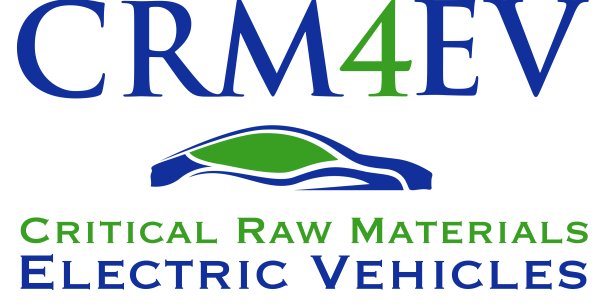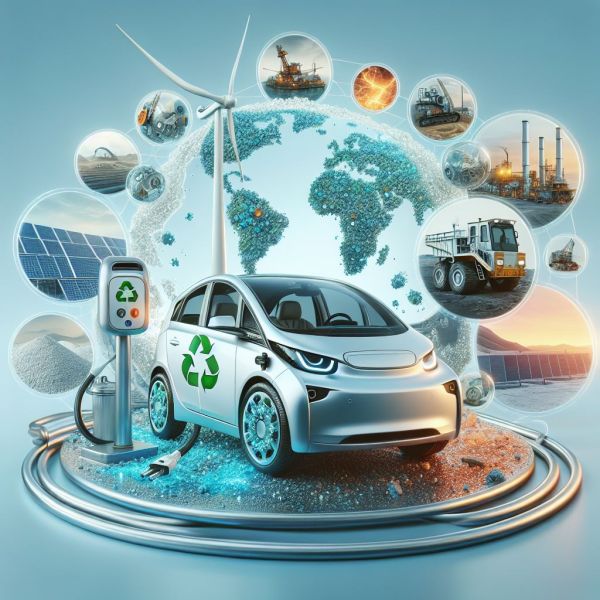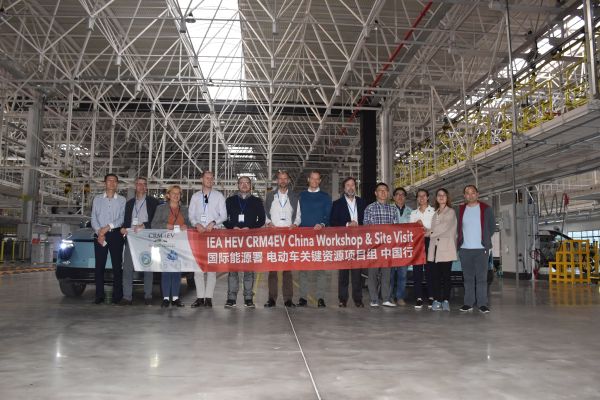IEA HEV TCP Task 40: Critical Raw Materials for Electric Vehicles
Short Description
The IEA HEV TCP Task 40 "Critical Raw Materials for Electric Vehicles" addresses the need for up-to-date information concerning the future supply of critical raw materials for electric vehicles. The aim of Task 40 is an integrated analysis that considers future development in the form of scenarios of electric vehicle fleets in regions and worldwide, as well as technology developments in the field of battery systems, primary and secondary raw material potentials and the development of recycling technologies for electric vehicles. Potential overall environmental and social impacts of raw material and battery production are assessed.
The critical raw materials assessed in Task 40 are nickel, cobalt, lithium, graphite, phosphate as well as rare earths for electric motors.
In terms of battery technologies, nickel-cobalt and lithium-iron-phosphate battery technologies are expected to remain dominant until 2030. New technologies such as sodium-ion or solid-state batteries will only gain a larger market share after 2030.
The scenarios for the development of the global electric vehicle fleet result in approx. 3,000 to 4,300 GWh of battery capacity in 2030, which corresponds to 5 to 8 times the battery sales in 2022. Global battery production capacities would have to increase by a factor of two to three by 2030. In Europe, production capacities would have to increase 30-fold from around 35 GWh today to 1,300 GWh, which represents a real challenge for upscaling.
In a scenario with a high share of nickel-cobalt batteries, there would be a likely supply deficit for nickel and cobalt. Regardless of the cathode chemistry, lithium and graphite supply deficits are also likely. Graphite could be replaced by synthetic graphite. The phosphate demand in lithium-iron-phosphate batteries will not lead to a supply deficit from a global perspective. Rare earths as magnetic metals can be replaced by the use of inductive electric motors with non-permanent magnets.
Battery recycling is a key element in the supply of critical raw materials, particularly in Europe. Hydrometallurgy is the technology that is most likely to enable a circular economy in this area. Large-scale recycling plants for nickel-cobalt batteries are expected to be available by the end of the 2020s, while large-scale recycling plants for lithium-iron-phosphate batteries will not be available until after 2030 for economic reasons.
The life cycle assessment of batteries identifies the most important life cycle phases and processes that influence greenhouse gas emissions in the life cycle of batteries. These are cathode and anode production, the manufacture of housings for modules and packs, the energy requirements and energy mix for cell production and the metallurgical technology for recycling.
Project Images
Terms of use: The pictures listed underneath the header “Project Pictures” originate from the projects in the frame of the programmes City of Tomorrow, Building of Tomorrow and the IEA Research Cooperation. They may be used credited for non-commercial purposes under the Creative Commons License Attribution-NonCommercial (CC BY-NC).
Participants
Austria, China, France, Germany, The Netherlands (lead), Norway, Republic of Korea, Spain, Sweden, United Kingdom, United States of America
Contact Address
Martin Beermann
JOANNEUM RESEARCH Forschungsgesellschaft
Institute LIFE for Climate, Energy Systems and Society
Waagner-Biro-Strasse 100
8010 Graz
Austria
E-Mail: martin.beermann@joanneum.at



